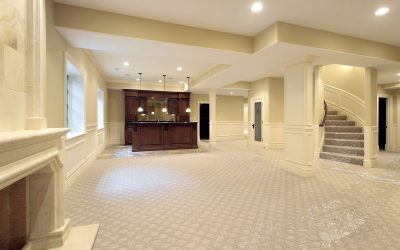The perfect door is a subtle detail that can make a huge difference in a home’s style. While some argue they go unnoticed, the wrong door can have a dramatic effect on the look of a room. When building or remodeling, picking a new door is a vital step. A wood door provides a sense of elegance and with a variety of wood to choose from can range in price. It can be difficult to choose what kind of timber to use for your wood interior doors. Here are some of the most popular options.
Pine
There are many different kinds of pine, ranging form Shortleaf to Sugar to Ponderosa and more. They range in density and strength, with knotty pine being one of the most popular options for wood interior doors. It’s inexpensive and durable and often seen as warm, cozy and rustic. It has a straight grain and fine texture. It was very popular in midcentury homes and is currently making a comeback.
Cedar
Cedar comes in many different varieties, ranging in grades and looks. This gives consumers a choice about what look they are going for, from elegant to charming. It’s hard-to-beat versatility is light and easy to work with and is perfectly suited to take virtually any stain or finish. It also holds up incredibly in high-moisture conditions thanks to its dense cell structure. Also, it’s typically the cheapest option.
Alder
Usually classified as a hardwood, alder is one of the softest varieties available and typically used in cabinetry. It’s a light brown color and has subtle grain patterns that are straighter than most hardwoods. Due to its affordability, structural integrity, and weight, it’s often used for wood interior doors. It maintains shape without warping or twisting. Alder can also be lacquered or stained. The open pores of alder lend to easy application of lacquer and allow it to be stained very dark if desired.
Solid wood doors might look the same as hollow doors, but they have a better fire rating, are more durable and long lasting and offer optimal acoustics. However, remember that wood can shrink and expand with changing temperatures and humidity, so it’s important not to use them for a bathroom or other damp setting. No matter which kind of wood you decide to choose for your interior door, it should be classic and true to your personal style.








